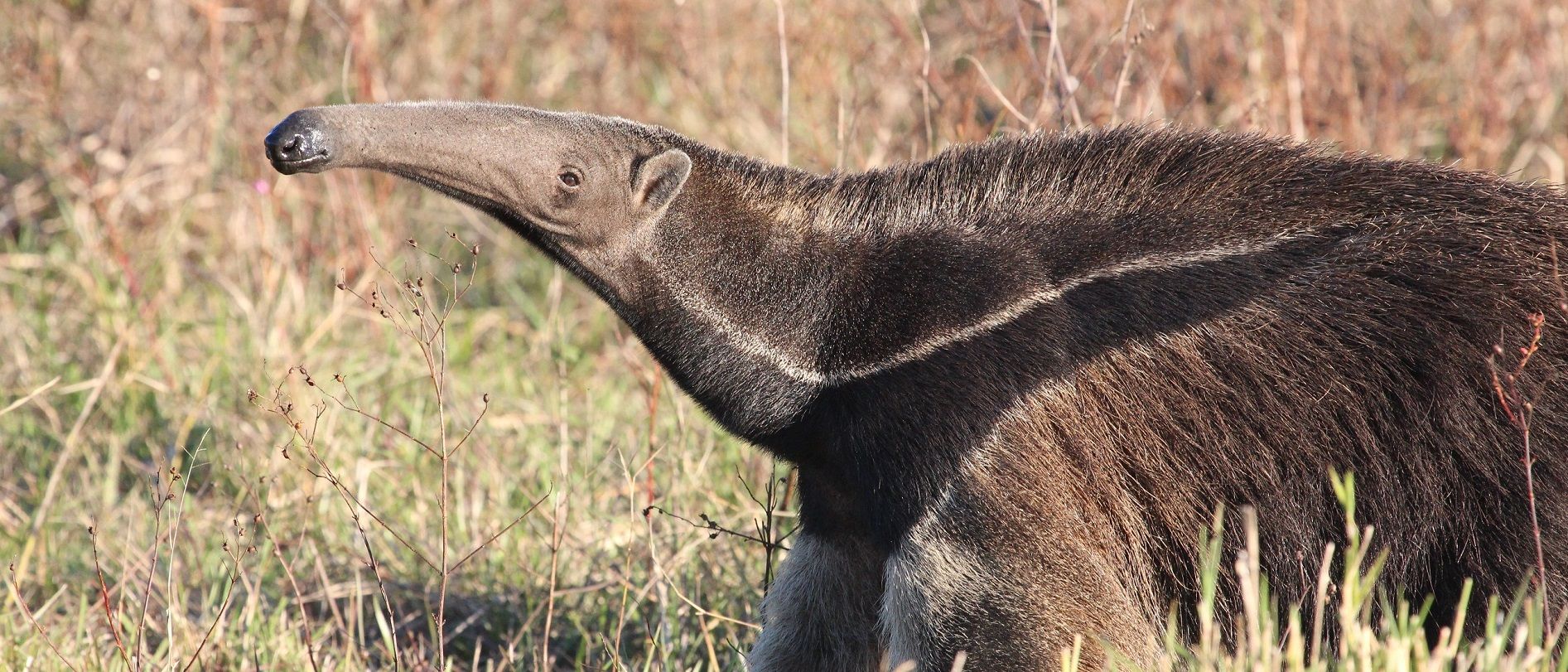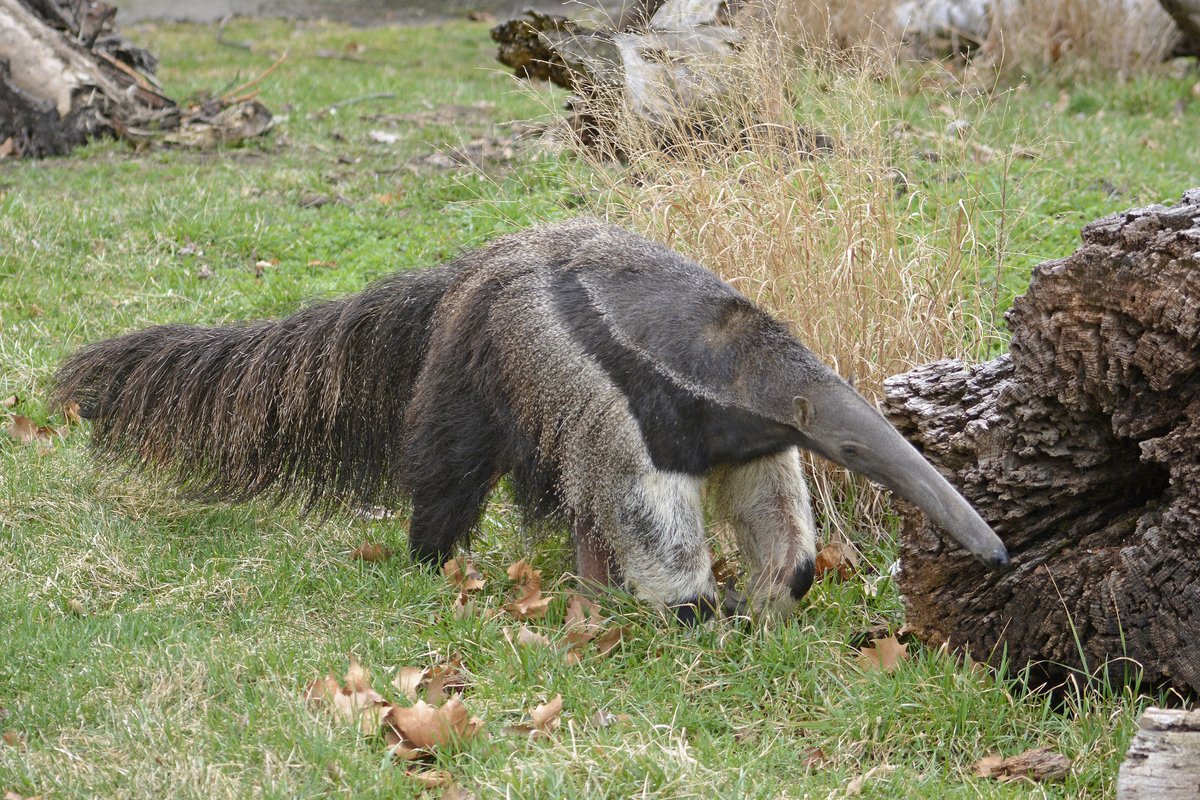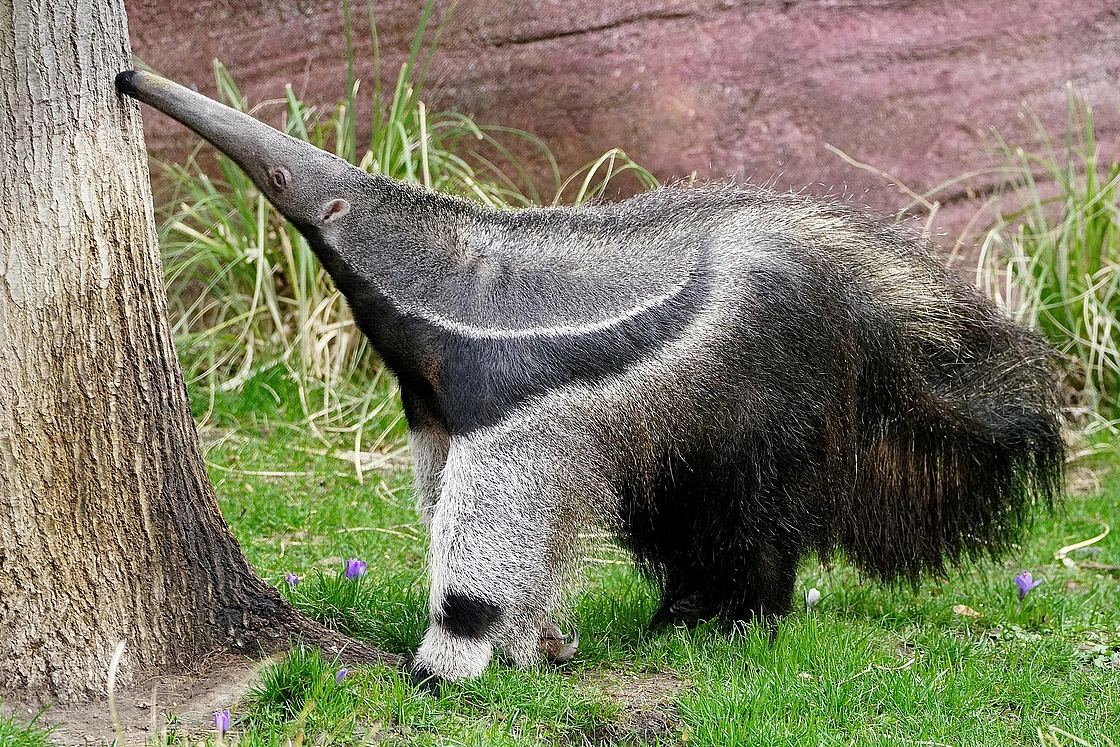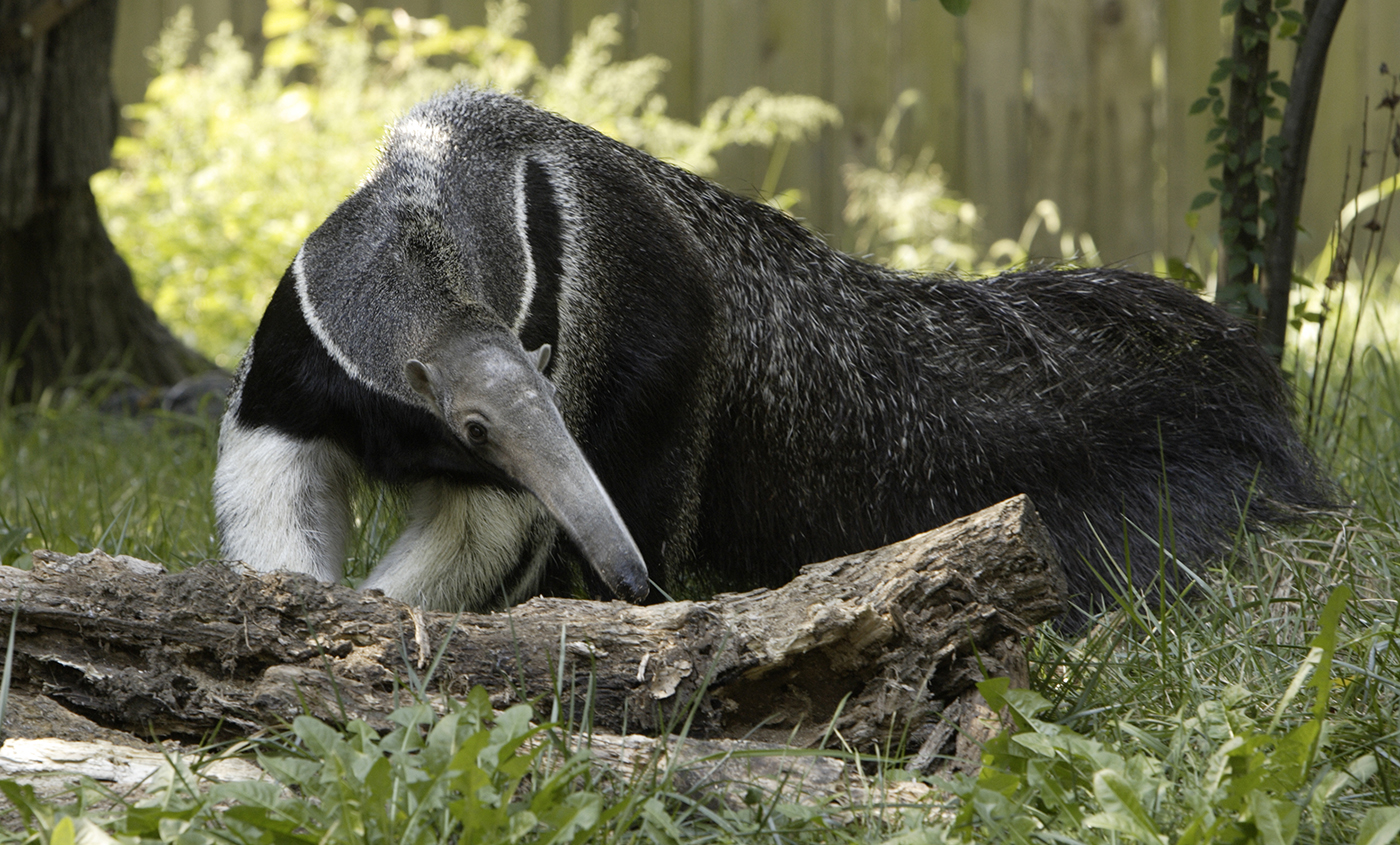STATUS
Near Threatened

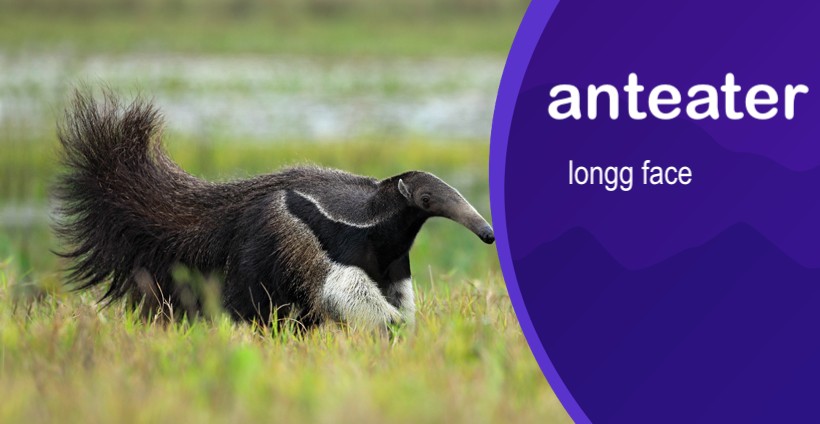
Anteaters are found throughout South and Central America, where they reside in grasslands, tropical forests, and rain forests. The anteater is not only unique in appearance, but in the way it consumes food. Read on to learn more about the anteater.
The anteater is a large, insectivorous mammal that is also known as the "ant bear," due to its unique characteristics. Native to South and Central America, the anteater can be identified by its long, bushy tail, elongated muzzle, and trademark flicking tongue.
The anteater's tubular snout makes up the majority of its head, but is still small compared to the rest of its body. Anteaters vary in size from the silky anteater, at 14 inches (35 cm) tall, to the giant anteater, which is the largest species of anteater, reaching lengths of over 7 feet (just over 2 meters), and 140 lbs (63 kg) in weight.
Lesser Known Anteater Types
Apart from the Giant Anteater, there are three other lesser known types of anteaters that are still in existence.
The Silky Anteater
Distributed throughout South America, the Silky anteater is the smallest species of anteater in the world. At approximately 6 inches (153 mm) in size, and weighing less than half a pound (about 170g), this anteater is no bigger than the average human hand. The silky tiny anteater has a long grasping tale, a tubular mouth, and elongated snout.
The anteater has always been an animal of interest and curiosities. From its unusual appearance, to that long, sticky tongue, we learn more and more interesting facts about the anteater every day.

STATUS
Near Threatened

SCIENTIFIC NAME
Vermilingua

POPULATION
Only 5,000 left

LENGTH
about 1.8 metres (6 feet)

WEIGHT
27 and 45 kilograms

HABITAT
TROPICAL FORESTS
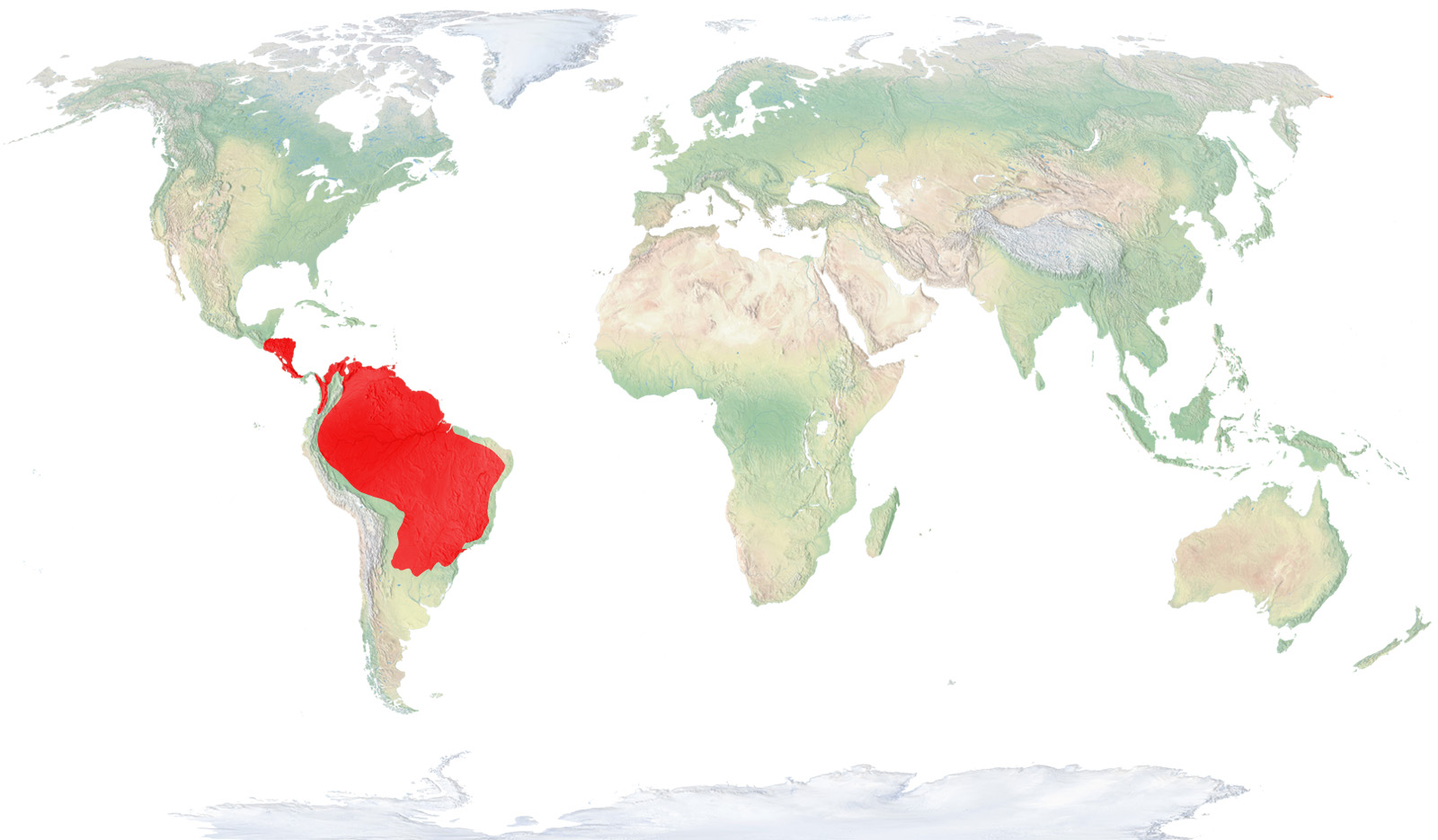
Anteaters are important to their environment because they control the amounts of ants and termites thus protecting trees and making sure that too many termites do not destroy a forest.
The giant anteater's sense of smell is 40 times more powerful than ours. Looks can be deceiving: Its name is a hint to one of its favorite foods, and you can't miss its long snout, but there's more to the story of the giant anteater!
Anteaters are edentate animals-they have no teeth. But their long tongues are more than sufficient to lap up the 35,000 ants and termites they swallow whole each day.
The anteater has been a topic of mythology and folklore for generations, from superstitions to common folktales.
Giant anteaters are generally docile, but if they feel threatened they can rear-up on their hind legs and swipe with their claws. They're not to be messed with - giant anteaters can fight off pumas and jaguars!
